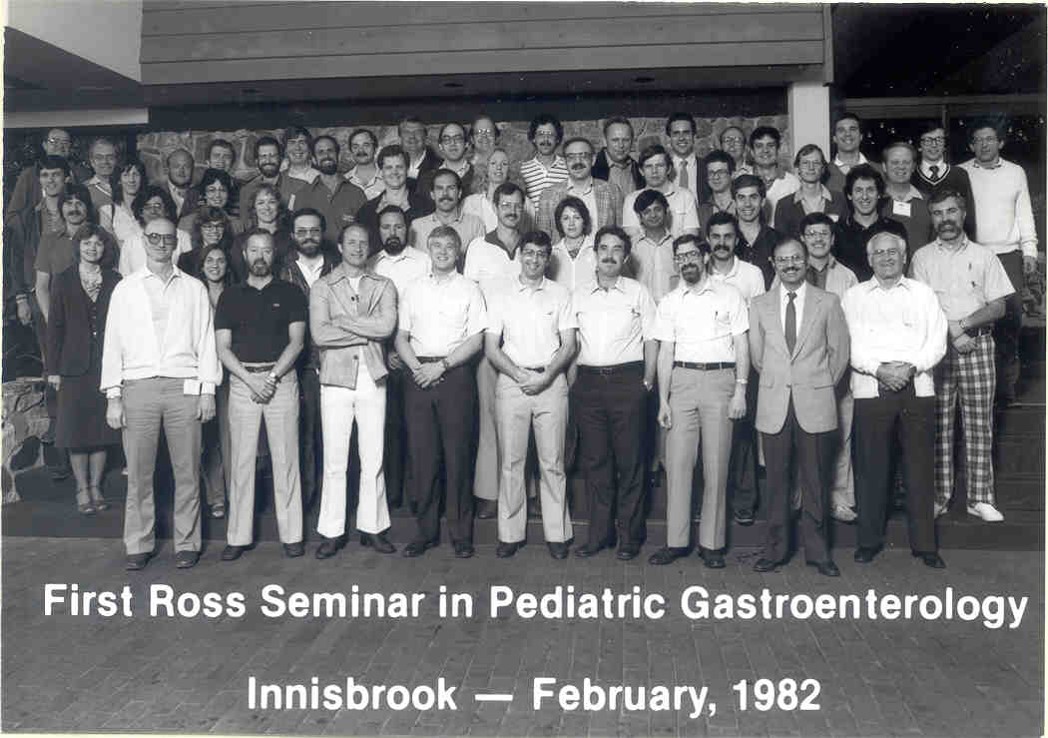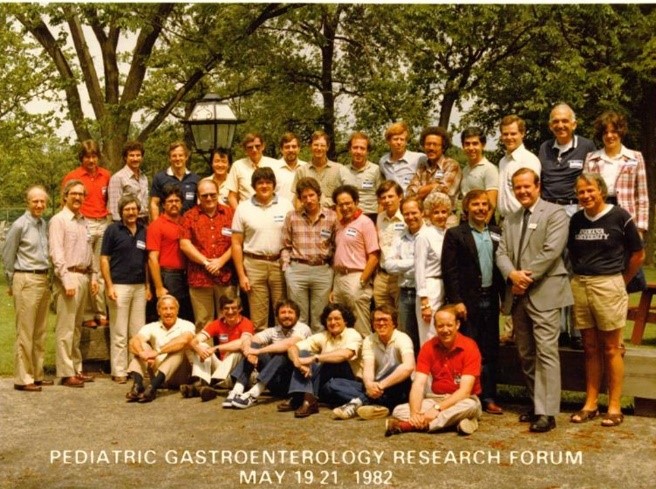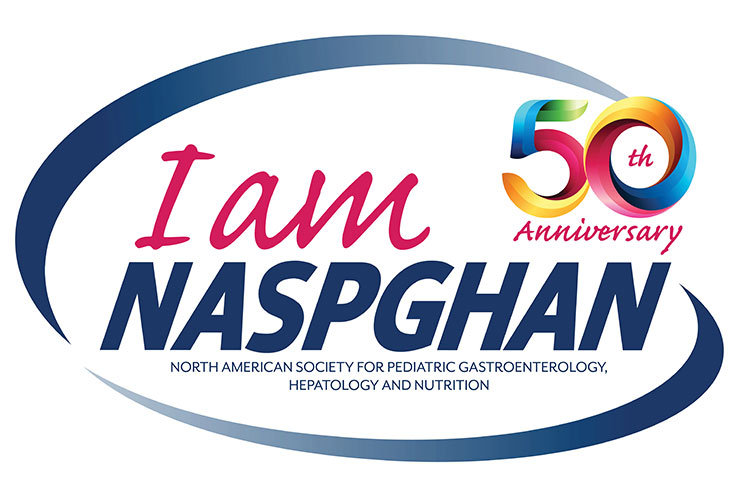
NASPGHAN is celebrating its 50th anniversary in 2022. We are commemorating the occasion by highlighting the Society’s history with a timeline detailing the seminal events that have made NASPGHAN into the organization it is today. In preparation for NASPGHAN’s 50th Anniversary, the late great Professor Jim Heubi proposed that a concerted effort be made to develop a comprehensive, yet concise history of our Society’s origins and highlights. Specifically, Dr. Heubi envisioned a “living” timeline that could be found on the NASPGHAN website with digital, written and video materials. It will thereby serve as an everlasting accessible archive available to members, corporate partners, and patients. The completion of the timeline was accomplished after Dr. Heubi’s passing under the leadership of Drs. Harland Winter, Melvin Heyman and Joel Rosh, with assistance from NASPGHAN staff, Margaret Stallings and Kim Rose. Past presidents provided invaluable input as well as personal interviews conducted by our Bowel Sounds Team.
It should be emphasized that this is a living document and will and can be continuously updated. You have the opportunity to add events/pictures by using the timeline submission form found here. We will be announcing the development of a fund in honor of Jim Heubi which will ensure that this continues to be both endearing and enduring!
-
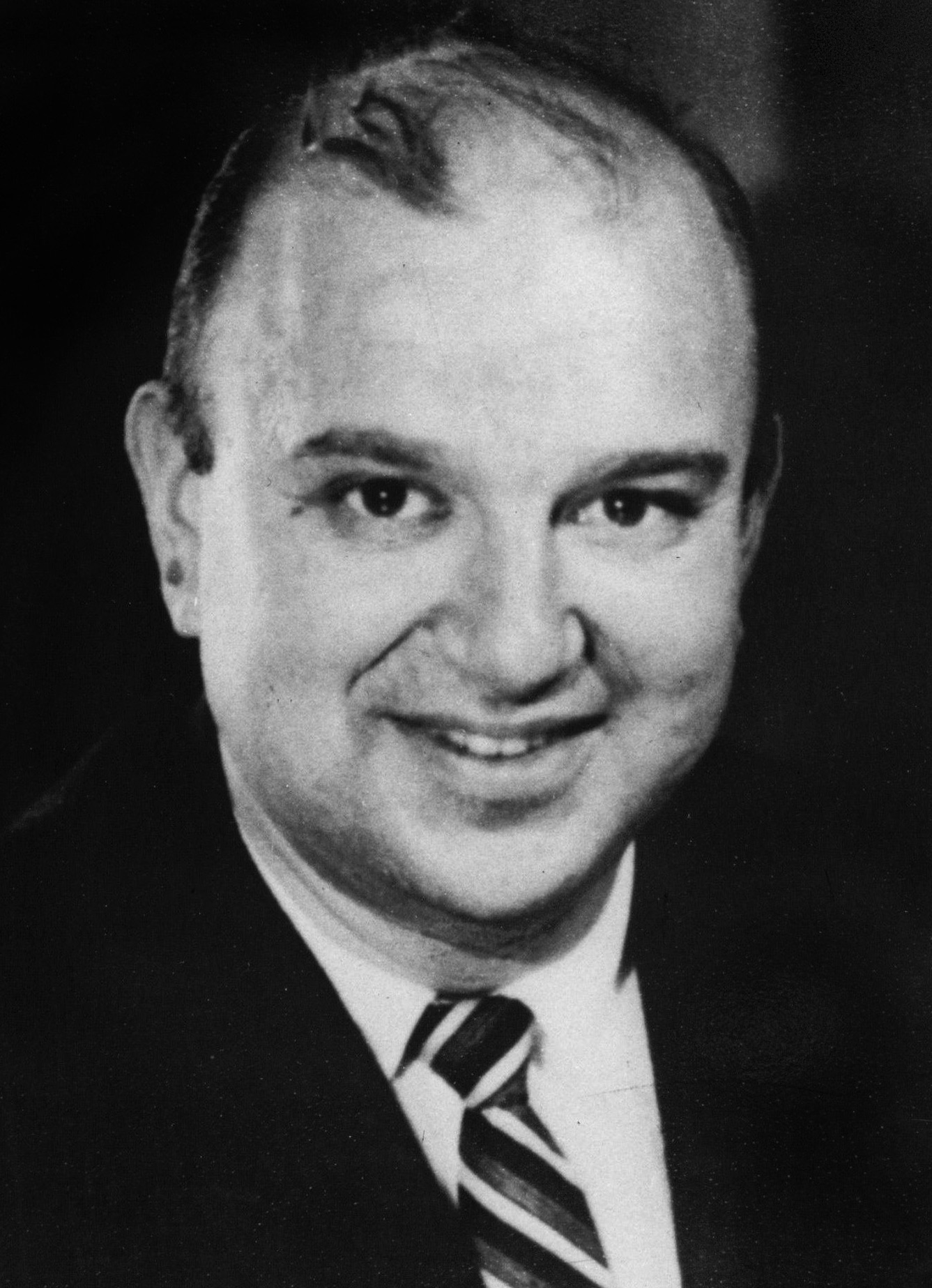
The Early Years
1960The early history of NASPGHAN is most appropriately understood in the context of this letter to Dr. Jane Todaro written in 1985 by Dr. Murray Davidson:
Dear Jane,
I can more easily tell you about the origins of pediatric gastroenterology generally in this country than I can about the Society itself. If you are interested in the ramblings of an old man, I can start there.
When I completed my pediatric residency in 1953, I took a two-year gastroenterology fellowship in the Department of Medicine with Dr. Thomas Almy at The New York Hospital [Cornell Medical School]. The training, as that of all the internists, included 6 month of x’ray and all of the usual trappings of a GI program. My initial research work was in motility because the field of esophageal motility and work on cardiospasm was just coming to fruition. I studied patients with cardiospasm and adult patients with Hirschsprung’s disease since many of those were around at that time, and we wondered about the relationship between the two diseases. At the International Meeting of the combined British, American, Australian and Canadian Pediatric Research societies in Quebec 1955, I presented my first motility paper, as I did at the AGA meeting that year.
In 1956, I presented follow up papers at the Atlantic City SPR-ASP meetings. Following the talk, Dr. Giulio Barbero came up to me and told me he too was studying gastroenterology with Dr Thomas Machella in Philadelphia. With that, we formed our private pediatric GI club of 2 [members], and would get together at the annual meetings. Within those first couple of years, Frank Cozzetto, another pediatrician from Denver who was studying gastroenterology with Dr. Sherman Mellinkoff, now Dean of UCLA, came East to spend a couple months in my laboratory learning motility techniques. He returned to Denver where he worked with Dr. Fred Kern in Gastroenterology and Dr. Henry Kempe in Pediatrics. Finally, a year or so later, the first non-formally trained gastroenterologist came on the scene to join our club – Dr. Phil Sunshine. He was a protégé of Dr. Norman Kretchmer’s at Stanford. Phil came to my laboratory at Cornell for a number of weeks to learn various techniques, and went back to work with Norman and the people at Stanford where he became a self-proclaimed gastroenterologist!
At that point, Dr. Harry Shwachman also decided that his field was larger than just cystic fibrosis, and he also declared himself a gastroenterologist. [Similarly, Paul di Sant’Agnese, at the NIH, increased his cystic fibrosis program to include hepatology.] Dr. Maarten Sibinga was another fellow with formal training [in gastroenterology] who joined Giulio at CHOP [Children’s Hospital of Philadelphia]. These individuals and a number of others who were politically inclined took over the early organization of gastroenterology in the Cystic Fibrosis Club, which ultimately became the Cystic Fibrosis Foundation. They also got involved with some of the offshore people with an interest in gastroenterology like Prof. Charlotte Anderson, then of Australia, and Prof. Bertil Lindquist of Sweden. Those are the main cast of characters of the mid- and late ‘50s.
In the early ‘60s, Dr. Joyce Gryboski, at Yale in New Haven, joined the scene. Dr. Mervin Silverberg, who had had a year with Dr. Sydney Gellis in liver disease in Boston, returned to Montreal to practice, and I invited him to join me in 1965. By then, Dr. Larry Gartner who had worked with Dr. Irwin Arias in bilirubin after his chief residency in Pediatrics at Albert Einstein Medical Center in the Bronx, New York, and Dr. Michael Cohen who had trained clinically with me and with Arias, had joined me at Einstein.
It’s unfair for me to present people beyond the 1965 period from my point of view. Many people were springing up’ around the country [and Canada]…
The late 1960’s saw a virtual explosion of interest in pediatric gastroenterology, hepatology and nutrition with new clinics and laboratories emerging all over the US and Canada. In addition to those in New York City, laboratories and clinical programs were developed at the NIH and in Boston, Philadelphia, Baltimore, Chicago, Denver, Los Angeles, Houston, Seattle, San Francisco, Los Angeles, Montreal and Toronto. As with the earlier founders of NASPGHAN (or NASPG as it was), many of the chiefs of these new units had trained with internal medicine gastroenterologists and hepatologists.
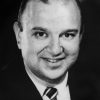
1960 - The Early Years
The early history of NASPGHAN is most appropriately understood in the context of this letter to Dr. Jane Todaro written in 1985 by Dr. Murray Davidson: Dear Jane, I can more easily tell you about the origins of pediatric gastroenterology generally in this country than I can about the Society itself. If you are interested
-
Pediatric Gut Club
1969A special interest in gastrointestinal diseases in infants and children dates back to the early 1960s, when Norman Kretchmer, then president of the Society for Pediatric Research, established at its annual meeting a gastrointestinal subsection for platform presentations chaired by Joyce Gryboski. The key academicians providing the impetus for this new area of interest were Murray Davidson (New York) and Harry Shwachman (Boston), Gulio Barbaro (Columbus, MO), and Frank Cozzetto (Denver). Barbaro had a major interest in functional disorders of the intestine and Cozzetto in metabolic/biochemical diseases. In addition, pediatricians interested in liver disease met in Chicago in a setting that was more like a small “liver club” and had extensive discussions about research on liver diseases in children. At this time, a limited number of hepatologists and pathologists would come to Chicago to present abstracts and discuss research. The Chicago meetings grew into the larger and more formal American Association for the Study of Liver Disease (AASLD). Eventually, the pediatric hepatology discussions, in conjunction with the gastrointestinal section at the Society of Pediatric Research, resulted in the formation in 1969 of the “Pediatric Gut Club” and an evening symposia on pediatric GI topics at the APS-SPR meetings. These parallel interactions among gastroenterologists and hepatologists were eventually formalized when Merv Silverberg (Albert Einstein Medical School) and Dan Caplan (Emory Medical School) proposed that the North American Society for Pediatric Gastroenterology be established in 1973, with Silverberg as its first president and Caplan as secretary/treasurer. The venue for this newly established society moved from the Society for Pediatric Research meeting to the annual American Gastroenterology Association meeting, where a separate pediatric gastroenterology symposium and business meeting was held as a satellite meeting within the larger adult gastroenterology society meeting. In 1984, NASPGN established its own annual meeting in Chicago, which has been held every year since either separately or in conjunction with the ESPGHAN. As with the European experience, the founders of pediatric gastroenterology trained first in adult gastroenterology after a pediatric residency and then adapted their experience and techniques to the care of children with gastrointestinal problems. As mentioned, the first major publication outlining gastrointestinal conditions unique to Pediatrics was authored by Morin and Davidson as a review in Gastroenterology in 1967 (46) and was followed closely by another review in Gastroenterology by Silverberg and Davidson in 1970 (47). These comprehensive reviews published in a predominately adult disease-oriented gastroenterology journal underscored the importance of establishing a subspecialty in gastroenterology for pediatrics.
NASPGN established standing committees on clinical care, research, and nutrition, published clinical policies and training standards, and, more recently, established a foundation to support young investigators in the field and to encourage pediatric residents to consider gastroenterology as a subspecialty.
1969 - Pediatric Gut Club
A special interest in gastrointestinal diseases in infants and children dates back to the early 1960s, when Norman Kretchmer, then president of the Society for Pediatric Research, established at its annual meeting a gastrointestinal subsection for platform presentations chaired by Joyce Gryboski. The key academicians providing the impetus for this new area of interest were
-
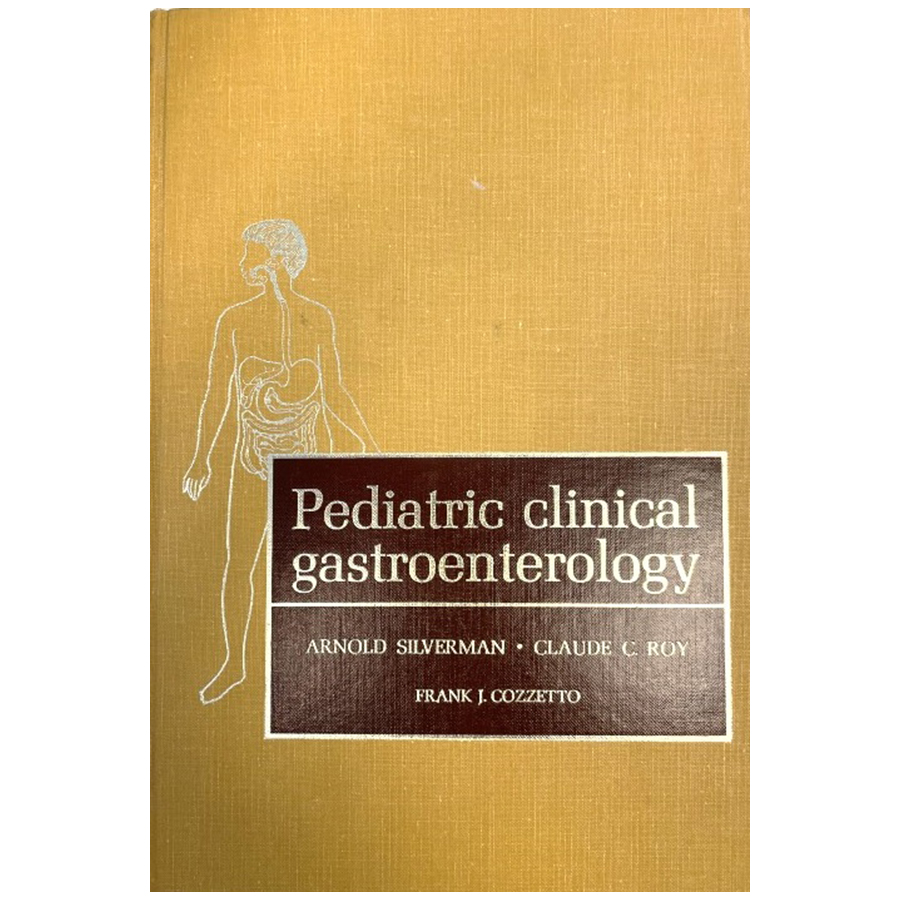
First Textbook Devoted to Pediatric GI Disease
1971The first textbook (Roy C, Silverman A, Cozzetto FJ 1971 Pediatric Clinical Gastroenterology. St. Louis, MO, C.V. Mosby) devoted to pediatric GI disease was published in the United States (1971) was co-authored by Drs. Arnold Silverman, Claude Roy, and Frank Cozzetto of University of Colorado. Dr. Joyce Gryboski of Yale University followed in 1975 with a text that focused on GI disorders in infants. In 1991, a two-volume, multiple-authored text appeared. Dr. Frederick Suchy edited the first textbook devoted to liver disease in children in 1994.
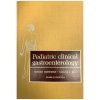
1971 - First Textbook Devoted to Pediatric GI Disease
The first textbook (Roy C, Silverman A, Cozzetto FJ 1971 Pediatric Clinical Gastroenterology. St. Louis, MO, C.V. Mosby) devoted to pediatric GI disease was published in the United States (1971) was co-authored by Drs. Arnold Silverman, Claude Roy, and Frank Cozzetto of University of Colorado. Dr. Joyce Gryboski of Yale University followed in 1975 with
-
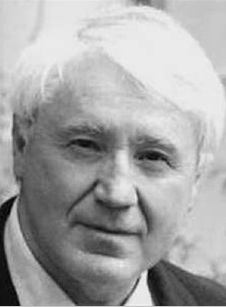
First NIH Training Program in Pediatric Gastroenterology
1972In 1967, Michael Thaler, MD established the Division of Pediatric Gastroenterology at UCSF, focused on Pediatric Hepatology. In 1972, the program was awarded the first NIH-training program for pediatric gastroenterology.
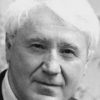
1972 - First NIH Training Program in Pediatric Gastroenterology
In 1967, Michael Thaler, MD established the Division of Pediatric Gastroenterology at UCSF, focused on Pediatric Hepatology. In 1972, the program was awarded the first NIH-training program for pediatric gastroenterology.
-
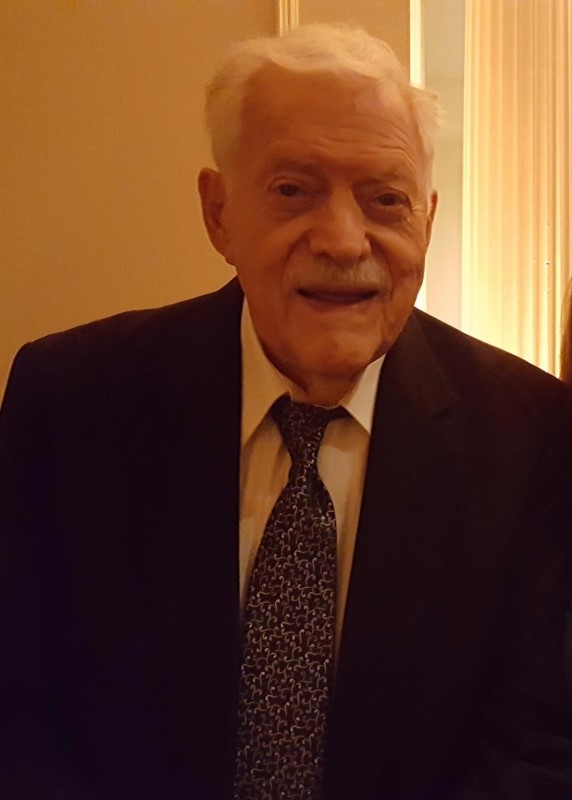
Mervin Silverberg MD, President
1973Mervin Silverberg MD served as the first President of NASPG from 1973 – 1974.
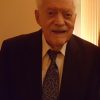
1973 - Mervin Silverberg MD, President
Mervin Silverberg MD served as the first President of NASPG from 1973 – 1974.
-
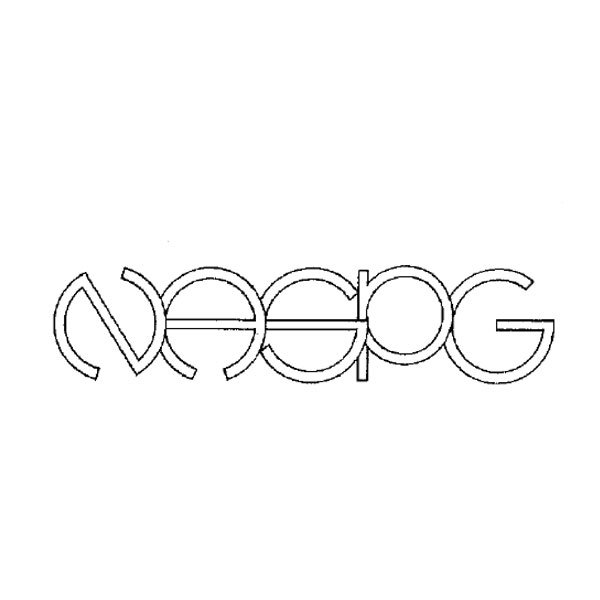
Formation of NASPG
1973The Pediatric Gut club spawned the creation of what was then called the North American Society for Pediatric Gastroenterology (NASPG). The creation occurred in an airplane when, returning from a meeting, Murray, Merv and Larry were seated three across, with Murray in the middle seat. With lined pads and pencils or pens, the three started to write the constitution of the future organization. The name “North American” was clearly influenced by Merv, who was Canadian born and educated. Murray led the process, and by the time they landed, either Merv or Larry took the notes and typed the draft constitution. NASPG’s first leaders were Mervin Silverberg as president and Dan Caplan as secretary/treasurer. The newly-established society took advantage of the gathering of scientists and clinicians who were attending the SPR, AGA, or AASLD meetings to set up academic and social gatherings. These often took the form of evening “satellite” symposia.

1973 - Formation of NASPG
The Pediatric Gut club spawned the creation of what was then called the North American Society for Pediatric Gastroenterology (NASPG). The creation occurred in an airplane when, returning from a meeting, Murray, Merv and Larry were seated three across, with Murray in the middle seat. With lined pads and pencils or pens, the three started
-
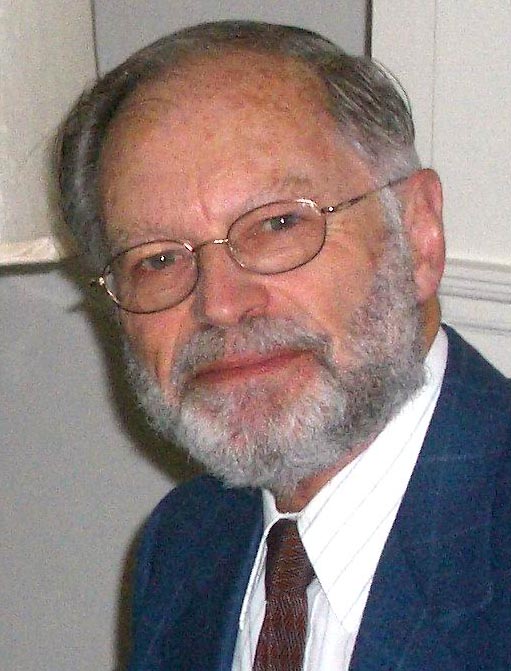
Lawrence Gartner MD, President
1974Lawrence Gartner MD served as President from 1974 – 1975.
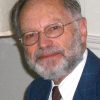
1974 - Lawrence Gartner MD, President
Lawrence Gartner MD served as President from 1974 – 1975.
-
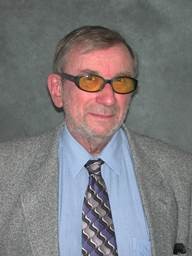
Harvey Sharp MD, President
1975Harvey Sharp MD served as President from 1975 – 1976.

1975 - Harvey Sharp MD, President
Harvey Sharp MD served as President from 1975 – 1976.
-
1975 - Official NASPG Bylaws
The first set of bylaws were written and codified in 1975.
-

JR Hamilton MD, President
1976JR Hamilton MD, served as NASPG Preident from 1976 – 1978.
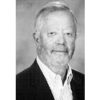
1976 - JR Hamilton MD, President
JR Hamilton MD, served as NASPG Preident from 1976 – 1978.
-
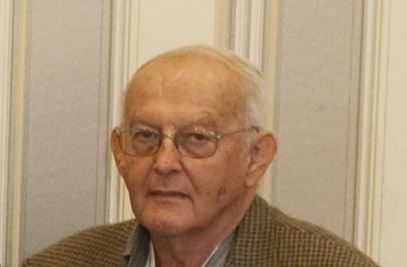
John Herbst MD, President
1977John Herbst MD, served as NASPG Preident from 1977 – 1978.
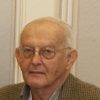
1977 - John Herbst MD, President
John Herbst MD, served as NASPG Preident from 1977 – 1978.
-
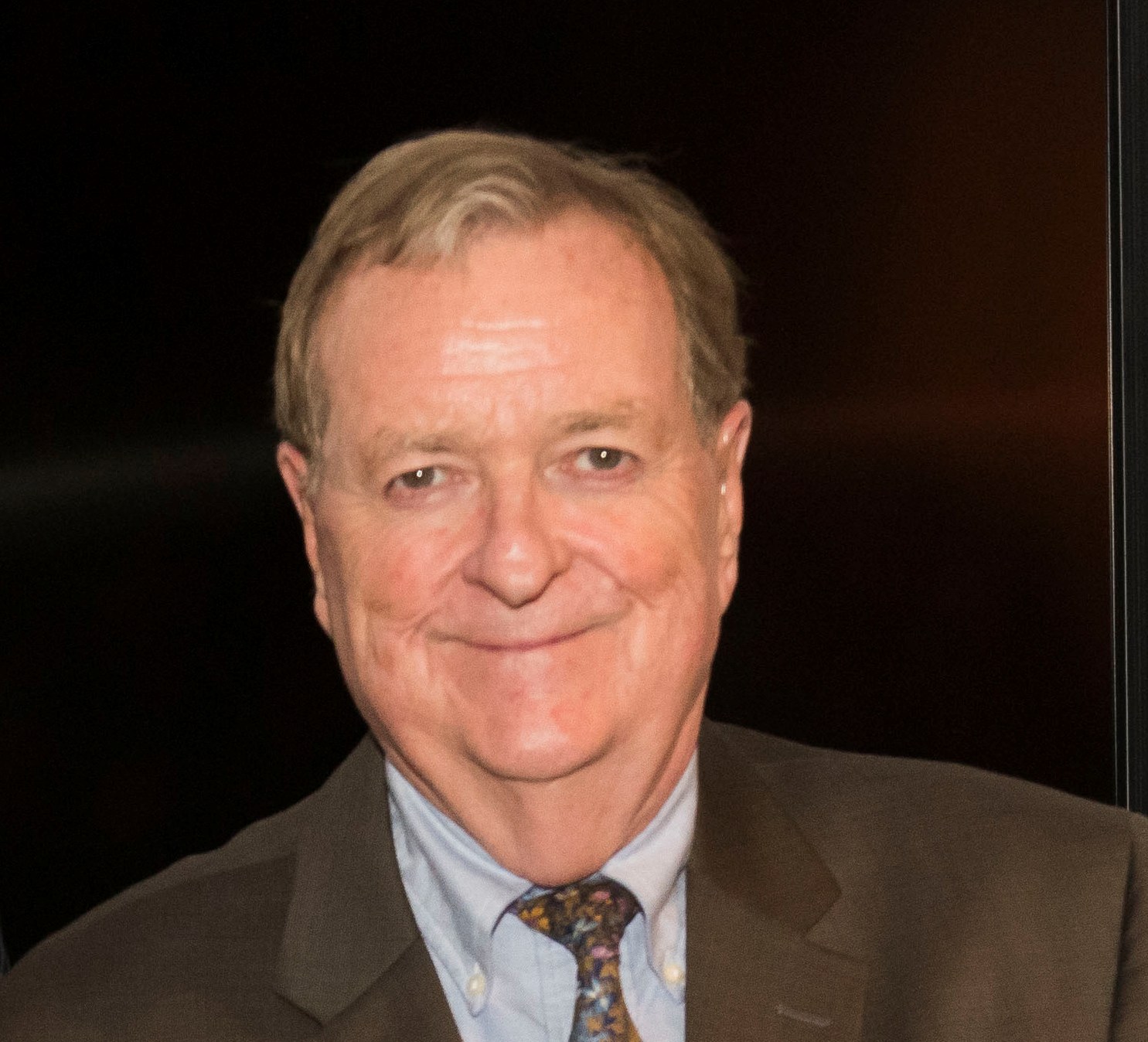
W. Allan Walker MD, President
1978W. Allan Walker MD, served as NASPG Preident from 1978 – 1979.

1978 - W. Allan Walker MD, President
W. Allan Walker MD, served as NASPG Preident from 1978 – 1979.
-
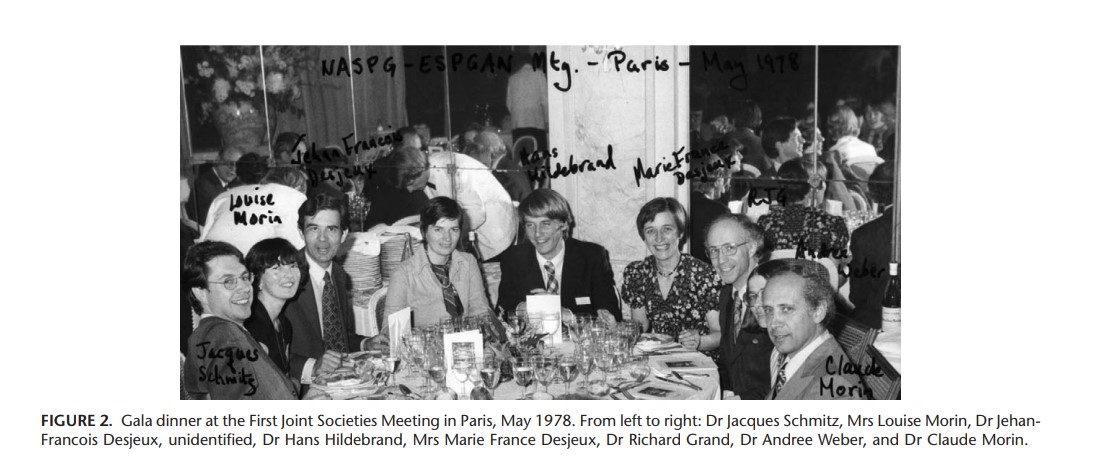
Joint Meeting with ESPGN
1978The growing success of each society’s meetings stimulated an interest in expanding the science and education shared by the two societies. Accordingly, a first combined meeting was held in Paris that year. Records of the program and speakers have not been found, but a splendid final dinner was held at the Restaurant Pre Catalan in the Bois du Boulogne. (see photograph). NASPGN President John Herbst thanked the officers of ESPGN for a fascinating scientific session and outstanding social arrangements. He also shared several interesting and amusing anecdotes about Benjamin Franklin’s stay in Paris when he was stimulating and garnering support for the American Revolution. The success of the joint meeting led to a desire to establish an ongoing joint meeting, and over the next few years plans evolved for the 2nd Joint Meeting in New York to be held in 1985.
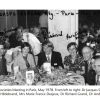
1978 - Joint Meeting with ESPGN
The growing success of each society’s meetings stimulated an interest in expanding the science and education shared by the two societies. Accordingly, a first combined meeting was held in Paris that year. Records of the program and speakers have not been found, but a splendid final dinner was held at the Restaurant Pre Catalan in
-

Harry Greene MD, President
1979Harry Greene MD, served as NASPG Preident from 1979 – 1980.
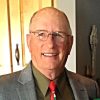
1979 - Harry Greene MD, President
Harry Greene MD, served as NASPG Preident from 1979 – 1980.
-
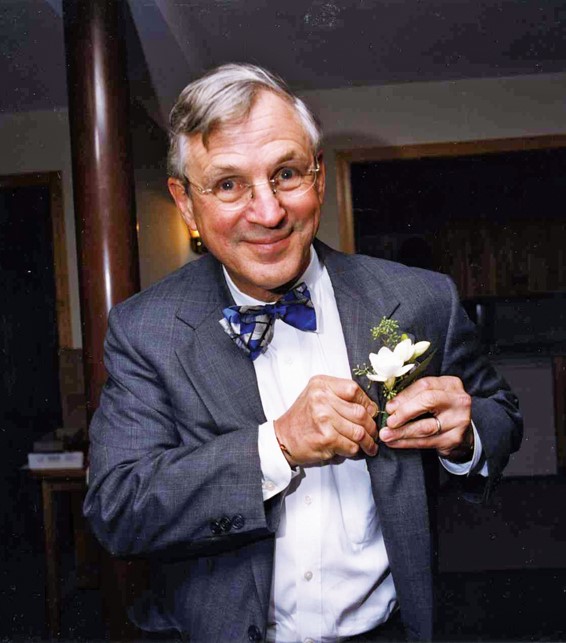
John Watkins MD, President
1980John Watkins MD served as NASPG President from 1980 – 1981

1980 - John Watkins MD, President
John Watkins MD served as NASPG President from 1980 – 1981
-
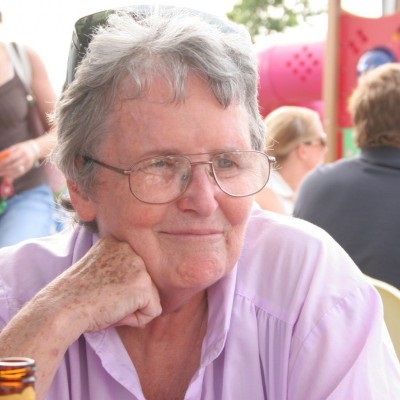
Geraldine Powell MD, President
1981Geraldine Powell MD served as NASPG President from 1981 – 1982
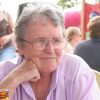
1981 - Geraldine Powell MD, President
Geraldine Powell MD served as NASPG President from 1981 – 1982
-
2nd and 3rd Year Fellows Conferences Started
1981Minutes May 1981
Daniel Caplan, Secretary Treasurer
Steve Werlin, MD talked about his contact with Ross Laboratories to help set up a retreat for fellows as being done for those in neonatology. Ross Laboratories felt that they might be able to supply $15,000 and perhaps 15 fellows and some faculty could meet each year. Topics and speakers could be selected. The first conference was held in Innisbrook, FL in 1982. Drs. Steven Werlin and Bill Balistreri were co-chairs. Mead Johnson had been contacted formally about similar support. A committee was set up for training and education composed of Dr. Steven Werlin as chairman and also Drs. Frank Sinatra, Bill Balistreri, Thomas Halpin, Fayez Ghishan and Jon Vanderhoof. Werlin is hoping to set up a retreat in February of 1982 on Captiva Island, Florida.Newsletter 1981
Jane Todaro, Secretary Treasurer
In May, 1982, the Mead Johnson Foundation, encouraged by Frank Sinatra, has agreed to fund a research seminar for pediatric gastroenterologists. It is meant for fellows and young faculty members. Repeat: this is for fellows and young faculty. It is not an invitation to see the old guard once again. The old guard will instead form members of the scientific review committee.1981 - 2nd and 3rd Year Fellows Conferences Started
Minutes May 1981 Daniel Caplan, Secretary Treasurer Steve Werlin, MD talked about his contact with Ross Laboratories to help set up a retreat for fellows as being done for those in neonatology. Ross Laboratories felt that they might be able to supply $15,000 and perhaps 15 fellows and some faculty could meet each year. Topics
-

William F. Balistreri MD, President
1982William F. Balistreri MD served as NASPG President from 1982 – 1984
1982 - William F. Balistreri MD, President
William F. Balistreri MD served as NASPG President from 1982 – 1984
-
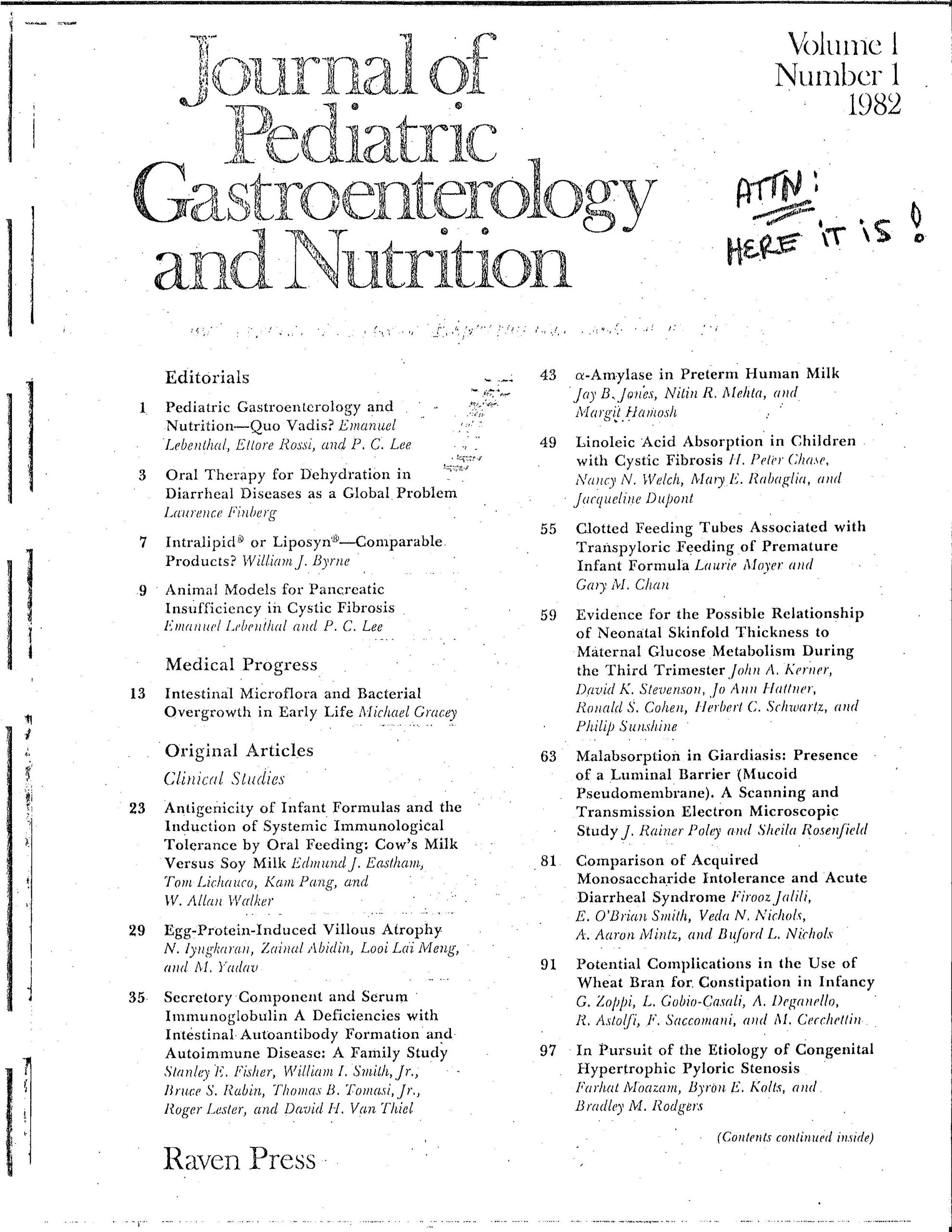
JPGN Founded as Official Journal of NASPG and ESPGN
1982The Journal of Pediatric Gastroenterology and Nutrition (JPGN), first published in 1982, with Emi Lebenthal as the founding Editor-in-chief, played an important on-going role in consolidating the development of pediatric gastroenterology and nutrition.
Newsletter April 1982
Geraldine Powell MD
Journal of Pediatric Gastroenterology and Nutrition
The first issue of the new journal “Pediatric Gastroenterology and Nutrition” became available in April. This journal, devoted to papers in the area of Pediatric Gastrointestinal Disease and Nutritional issues, is edited by Emi Lebenthal, one of our members. This is planned as an international journal and its editorial board includes Pediatric Gastroenterologists and Nutritionists from both sides of the Atlantic. Congratulations, Emi!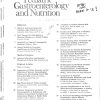
1982 - JPGN Founded as Official Journal of NASPG and ESPGN
The Journal of Pediatric Gastroenterology and Nutrition (JPGN), first published in 1982, with Emi Lebenthal as the founding Editor-in-chief, played an important on-going role in consolidating the development of pediatric gastroenterology and nutrition. Newsletter April 1982 Geraldine Powell MD Journal of Pediatric Gastroenterology and Nutrition The first issue of the new journal “Pediatric Gastroenterology and
-
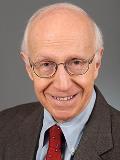
Richard Grand MD President
1984Richard Grand MD served as NASPG President from 1984 – 1986
1984 - Richard Grand MD President
Richard Grand MD served as NASPG President from 1984 – 1986


